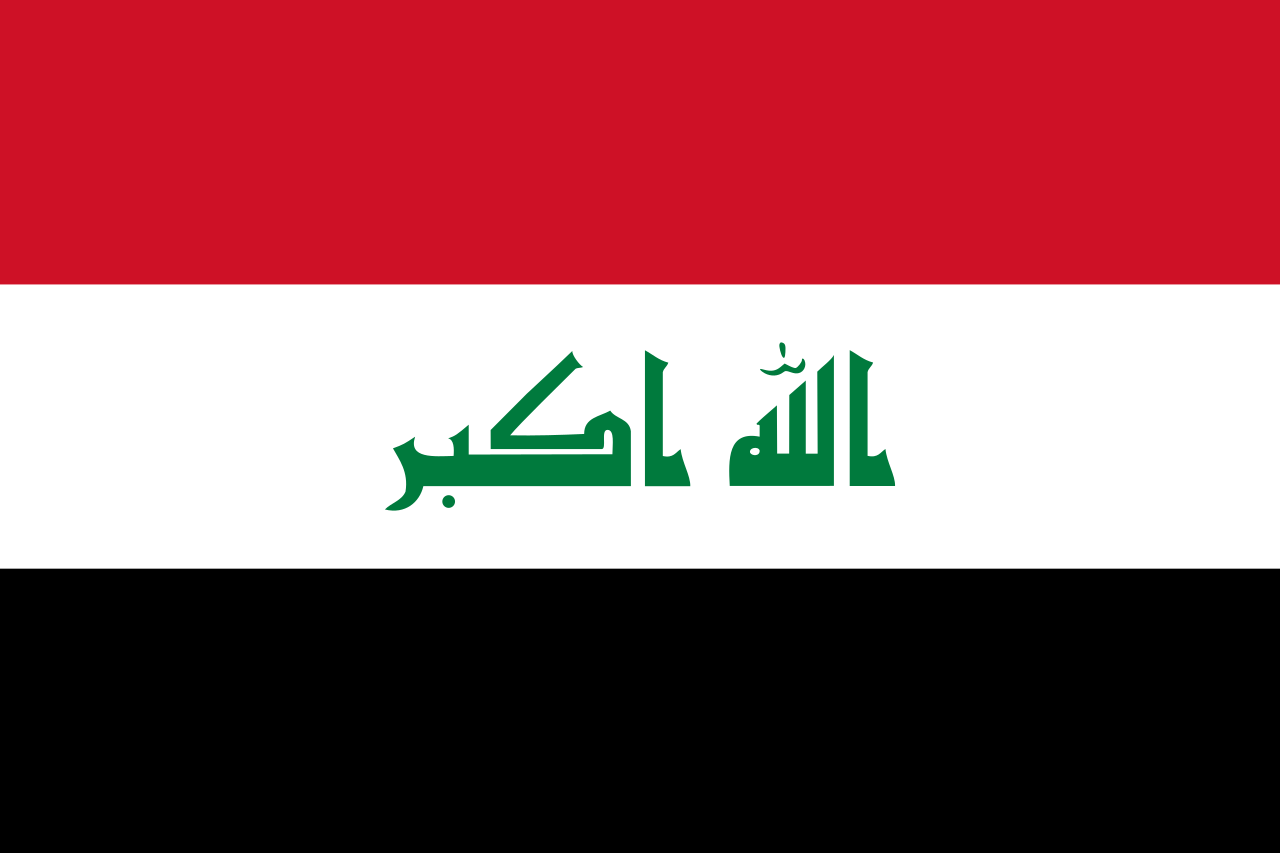RAF Habbaniya
Airfield Identification
 October 1936 to 1990's
October 1936 to 1990's
Iraq
CITY: Habbaniyah
IATA/ICAO CODES: --- / ----
COORDINATES: 33°23'N / 43°34'E
OTHER NAMES: RAF Dhibban (1936-1938), RAF Habbaniya (1938-1959), Habbaniyah AB (1959-2003), Camp Habbaniyah (2003-present)

Commando Operations
RAF Habbaniya was built by the British in accordance with the Anglo-Iraqi Treaty of 1930, and opened on 19 October 1936. It was situated on the West bank of the Euphrates between Ramadi and Fallujah, and was a major military and air base for the British Empire. The squadrons, units, headquarters and hospital gradually moved in from RAF Hinaidi in Baghdad, which was then vacated by the British. Originally called RAF Dhibban, the station was renamed RAF Habbaniya on 1 May 1938.
RAF Habbaniya was extensive and, as well as the airfield, included the Air Headquarters of RAF Iraq Command, communication facilities, maintenance units, an aircraft depot, an RAF hospital, RAF Iraq Levies barracks, the RAF Armoured Car Company depot as well as fuel and bomb stores. There were numerous billets, messes and a wide range of leisure facilities including swimming pools, cinemas and theatres, sports pitches, tennis courts and riding stables. It was self-contained with its own power station, water purification plant and sewage farm. Water taken from the Euphrates for the irrigation systems enabled green lawns, flower beds and even ornamental Botanical Gardens. After World War II the families of British personnel started living at Habbaniya and a school was started.
Within the camp perimeter was the Civil Cantonment which provided the accommodation for the families of the RAF Iraq Levies and the civilian workers and their families. The cantonment population of about 10,000 had their own schools, hospital, mosques, churches, temples, cinema and bazaars. Just outside the perimeter was the village of Humphreya in which more locally employed civilians and their families lived. It was the original construction camp for the company which constructed the base, Messrs Humphreys of Knightsbridge, London (and from which the name Humphreya arose). There was a 7-mile perimeter fence round the base but this did not enclose the airfield which was outside. In 1952 a second airfield was built on the plateau to cope with the long range and jet aircraft using the base. This subsequently became the Iraqi Air Force Al Taqaddum airbase.
In the late 1930s Imperial Airways established a staging post on Lake Habbaniyah for the flying boat service from the UK to British India using Short Empires. The lake provided the necessary landing area for these aircraft in the middle of the Mesopotamian desert.
During WWII, the station was a large flying training school as well as a transport staging airfield. During the Rashid Ali rebellion in 1941, the airfield was besieged by units from the Royal Iraqi Army encamped on the overlooking plateau. On 2 May 1941, British forces from the airfield launched pre-emptive airstrikes on Iraqi forces throughout Iraq and the Anglo-Iraqi War began. The siege was lifted by the units based at Habbaniya, including pilots from the training school, a battalion of the King's Own Royal Regiment flown in at the last moment, Number 1 Armoured Car Company RAF and the RAF's Iraq Levies. The subsequent arrival of a relief column, part of Habforce sent from Palestine, then a British mandate, combined with the Habbaniya units to force the rebel forces to retreat to Baghdad.
Later in the war, Habbaniya became an important stage on the southern air route between the UK and the USSR. British Overseas Airways Corporation (BOAC) ran a regular passenger service via North Africa and the Middle East using Consolidated Liberator transports. The USAAF Air Transport Command used Habbaniya as a stopover point between the large Lend-Lease aircraft assembly facility at Abadan, Iran and Cairo Payne Field, Egypt. ATC also operated a transport route from Habbaniya to Tehran Mehrabad. After the war, BOAC discontinued the flying boat service and the hotel buildings at the lake were acquired by the RAF and used as a rest & recreation center.
RAF Habbaniya closed on 31 May 1959 when the British finally withdrew from Iraq following the July 1958 Revolution. The base became Habbaniyah AB for the Iraqi Air Force, which operated Venoms and Hunters from there. It was bombed on the second day of the Iran–Iraq War, just after the Iraqi invasion of Iran. Later, MiG-21s were based at Habbaniyah. In the 1980's, the base alledgedly became a chemical weapons production facility. Its operational status beyond the First Gulf War are unknown.
After 2003, Habbaniyah AB was taken over by the US Army forces and the New Iraqi Army, and became Camp Habbaniyah, headquarters for the Iraqi Army 1st Division. On going Coalition and Iraqi construction projects have revitalised much of the base. American air units are based at nearby Al Taqqadum, which offers a longer and more modern runway.
Units & operators based
Air Transport Command, North African Wing
Last edited: 26/06/2019
